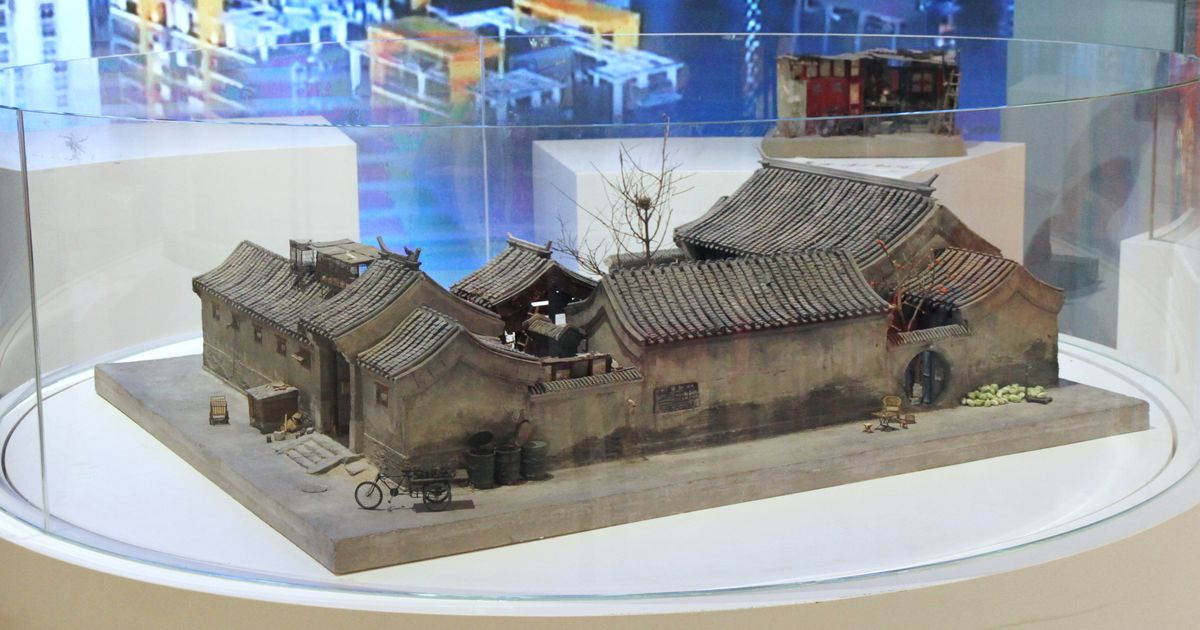What Is The Impact Of Architectural Preservation On Historical Memory?

Have you ever wondered how historical memories are constructed and perpetuated? It's an interesting phenomenon that reflects the complexities of the human psyche and the society we live in. In this post, we will explore the construction of historical memory, delving into the different factors that shape our understanding of the past.
1. Collective Memory
At its core, historical memory is a collective phenomenon. This means that our understanding of the past is shaped by the beliefs, values, and experiences of the community we belong to. As individuals, we contribute to the construction of historical memory through our own experiences and interactions with others. Over time, these individual memories become part of a broader collective memory that is shared among members of a particular community.
2. Social Context
The construction of historical memory is deeply rooted in the social context in which it takes place. The meaning and significance of historical events can vary widely depending on the social, political, and economic context in which they occurred. For example, the same historical event may be remembered very differently in two different societies, depending on the prevailing social and political norms of those societies.
3. Power Relations
The construction of historical memory is closely linked to power relations within society. Those who hold power and influence in a society often have the greatest influence over how historical events are remembered and interpreted. For example, government officials and leaders are often instrumental in shaping a society's collective memory of historical events.
4. Remembering and Forgetting
The construction of historical memory is not just about remembering events, but also about forgetting them. In some cases, certain historical events may be deliberately forgotten or suppressed in order to promote a particular political agenda or ideology. This can lead to a distorted understanding of the past, and can even contribute to social conflict and tension.
5. Emotion and Memory
Emotion plays a powerful role in the construction of historical memory. Strong emotional experiences, such as trauma or triumph, are more likely to be remembered vividly and perpetuated over time. This is because emotions can serve as a powerful anchor for memories, helping individuals and communities to remember important historical events and their significance.
6. Media and Communication
The media and other forms of communication play a crucial role in shaping how historical events are remembered and perpetuated. The way in which different historical events are reported and portrayed in the media can influence how they are remembered by audiences. This can lead to a distorted understanding of the past if media outlets are not unbiased in their reporting.
7. Personal Bias
Individuals also have their own personal biases that can shape their understanding of the past. Our experiences, beliefs, and cultural backgrounds can all influence how we remember and interpret historical events. It's important to be aware of these biases and to approach historical information with an open mind and a critical eye.
8. Education and History
Finally, education and history play a critical role in the construction of historical memory. The way in which history is taught in schools can have a profound impact on how students understand and remember historical events. It's important for educators to present history in a balanced and unbiased way, and to encourage critical thinking and analysis among students.
FAQs
Q: Why is the construction of historical memory important?
A: The construction of historical memory is important because it helps to shape our understanding of the past and our identity as a community. It also has important implications for social and political issues, as historical events are often invoked in contemporary debates and conflicts.
Q: Can historical memory be completely objective?
A: No, historical memory is inherently subjective and is shaped by a range of social, political, and personal factors. However, it is important to strive for objectivity in the presentation and interpretation of historical events, and to be aware of our own biases and limitations.
Q: How can we ensure a balanced and unbiased presentation of history?
A: One way to ensure a balanced and unbiased presentation of history is to encourage critical thinking and analysis among students. Educators can also present multiple perspectives on historical events and encourage students to evaluate and weigh different interpretations. Finally, it's important to be aware of personal biases and to approach historical information with an open mind and a critical eye.
In conclusion, the construction of historical memory is a complex phenomenon that is shaped by a range of social, political, and personal factors. Understanding how historical memory is constructed can help us to develop a more nuanced and nuanced understanding of the past, and can also help us to navigate contemporary debates and conflicts with greater insight and clarity.



Post a Comment for "What Is The Impact Of Architectural Preservation On Historical Memory?"